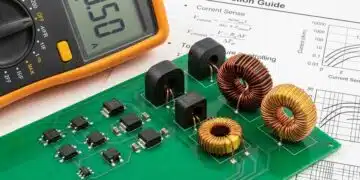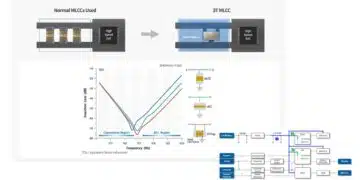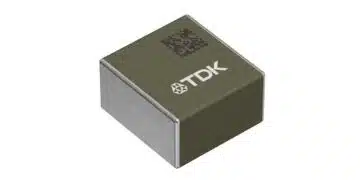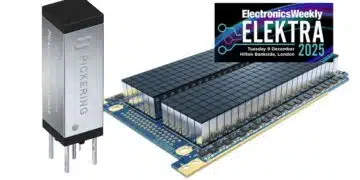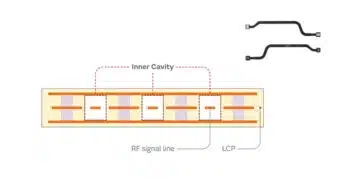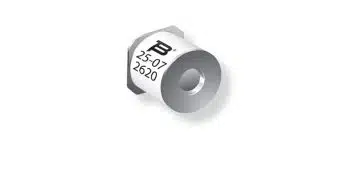This video from Murata covers handling precautions to ensure that microwave multi line connectors are used properly. Refer to this information to prevent failures.
Best Practices for Using Microwave Multi-Line Connectors
Introduction
Microwave multi-line connectors are critical components in high-frequency applications, requiring precise handling and mounting procedures to ensure optimal performance. This article outlines essential precautions related to solder paste application, mounting, and mating to prevent common issues such as solder wicking, cracks, and operational failures.
Solder Paste Application Precautions
The amount of solder paste applied to microwave multi-line connectors is crucial. If the size of the land pattern matches the stencil mask opening, the solder paste amount may be excessive, leading to solder wicking. Solder wicking can result in solder or flux infiltrating the connector, adversely affecting mating and RF measurement performance. In severe cases, it may cause short circuits between terminals. Conversely, insufficient solder paste can lead to inadequate solder strength, potentially causing open circuits.
To mitigate these issues, ensure the stencil mask opening is smaller than the land pattern. Verify the stencil mask thickness and dimensions against the specifications for both foreign and stencil mask patterns.
Mounting Precautions
The standard mounting procedure involves using a suction nozzle to transfer a connector from carrier tape to the board. Cracks, which can compromise connector quality, may occur due to external forces during mounting. These cracks often result from excessive load when the suction nozzle’s bottom dead center is too low.
To prevent cracks, avoid applying loads beyond the bottom dead center. Verify the height of each connector and input the bottom dead center information into the component library within the mounter. Additionally, inspect for foreign substances between the board and connector, as these can also cause excessive load and cracks. Ensure the nozzle size is appropriate and that it grips connectors at the plastic part. Weld lines do not affect connector performance and can be used as is.
Mating Precautions
Improper mating, such as slanting or misalignment, can lead to operational failures or connector damage. To ensure proper mating, do not apply force until alignment is achieved. Push vertically and apply force until a click is felt, then stop to prevent connector deformation.
Conclusion
To utilize microwave multi-line connectors effectively, adhere to the following guidelines: apply the correct amount of solder paste, mount connectors according to prescribed procedures, and use the proper mating technique. By following these best practices, you can enhance the reliability and performance of your microwave multi-line connectors.


